Revealing the untold story of the walrus and an English treasure at risk of being sent to the US
V&A trying to raise £2m to keep medieval ivory artwork in the UK
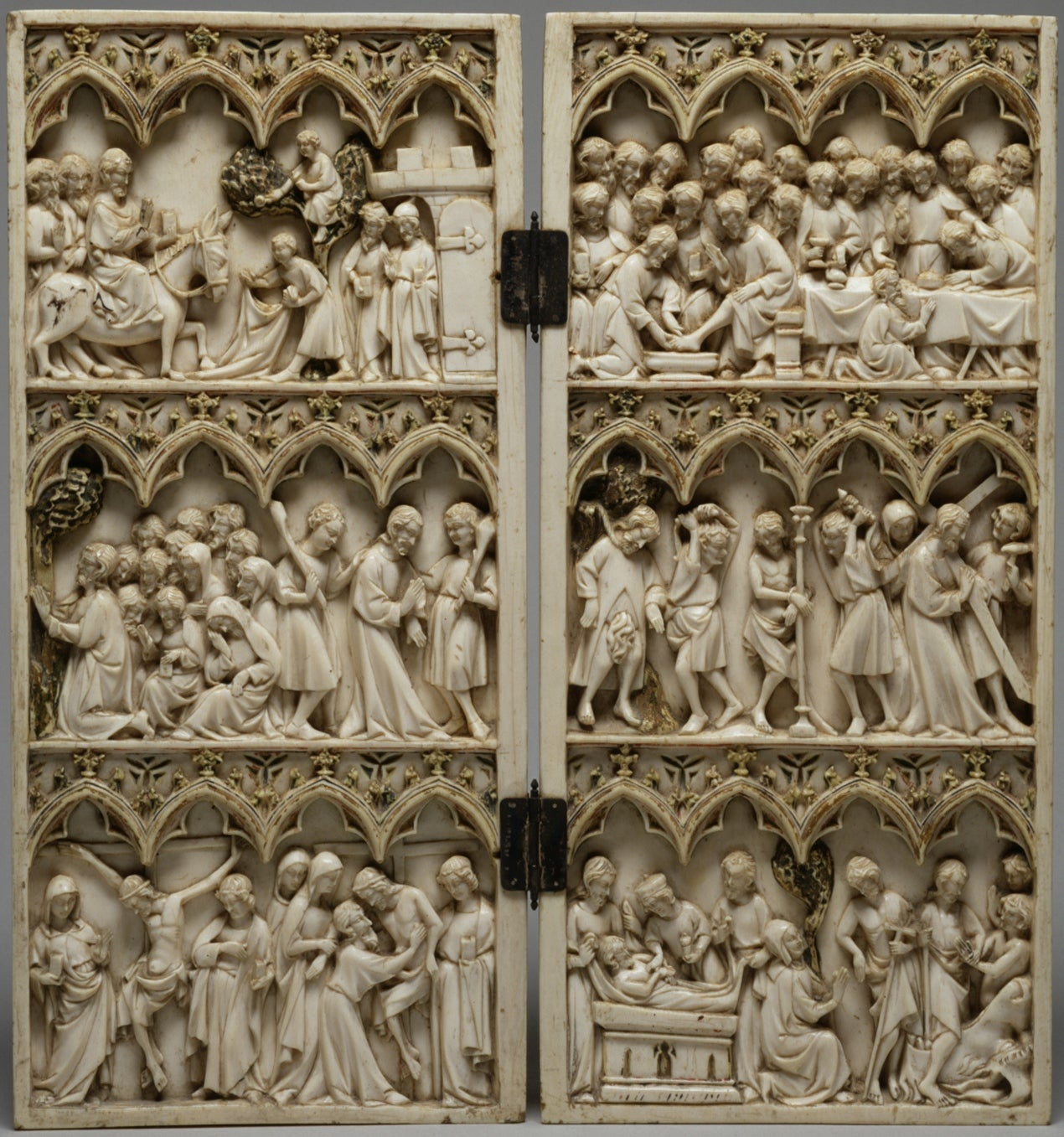
Your support helps us to tell the story
From reproductive rights to climate change to Big Tech, The Independent is on the ground when the story is developing. Whether it's investigating the financials of Elon Musk's pro-Trump PAC or producing our latest documentary, 'The A Word', which shines a light on the American women fighting for reproductive rights, we know how important it is to parse out the facts from the messaging.
At such a critical moment in US history, we need reporters on the ground. Your donation allows us to keep sending journalists to speak to both sides of the story.
The Independent is trusted by Americans across the entire political spectrum. And unlike many other quality news outlets, we choose not to lock Americans out of our reporting and analysis with paywalls. We believe quality journalism should be available to everyone, paid for by those who can afford it.
Your support makes all the difference.New research is shedding fresh light on one of Britain’s most important yet least well-known works of art.
An ultra-rare medieval English ivory sculpture is in danger of being exported to the US – and London’s Victoria and Albert Museum is now appealing to the public for £2m to keep the 830-year-old masterpiece in the UK.
The museum believes that the Deposition of Christ (or Deposition from the Cross) was originally part of a much larger ivory artwork, and is therefore appealing to the public not only for funds to help keep it in the UK, but also for information about where other fragments of the original priceless masterpiece might be.
Made of walrus tusk ivory, the original artwork would almost certainly have consisted of around seven scenes from Christ’s final days: including the Last Supper, Judas betraying him in the Garden of Gethsemane, the crucifixion, the removal of Christ from the Cross (the deposition), the entombment and the resurrection.
Other fragments may well survive, so far unidentified, in private collections or small museums in Britain or abroad. If the original multi-scene artwork had survived intact, it would have been an unparalleled masterpiece - and it’s estimated that it would now be worth tens of millions of pounds.
At present only two fragments are known, potentially representing around 7 per cent of the multi-scene original.
Ongoing investigations are revealing that the artwork fragment that the V&A is trying to keep in the UK – an image of Christ being brought down from the Cross – isn’t just important from an art-historical perspective, but was also associated with some of the most important events of English history.
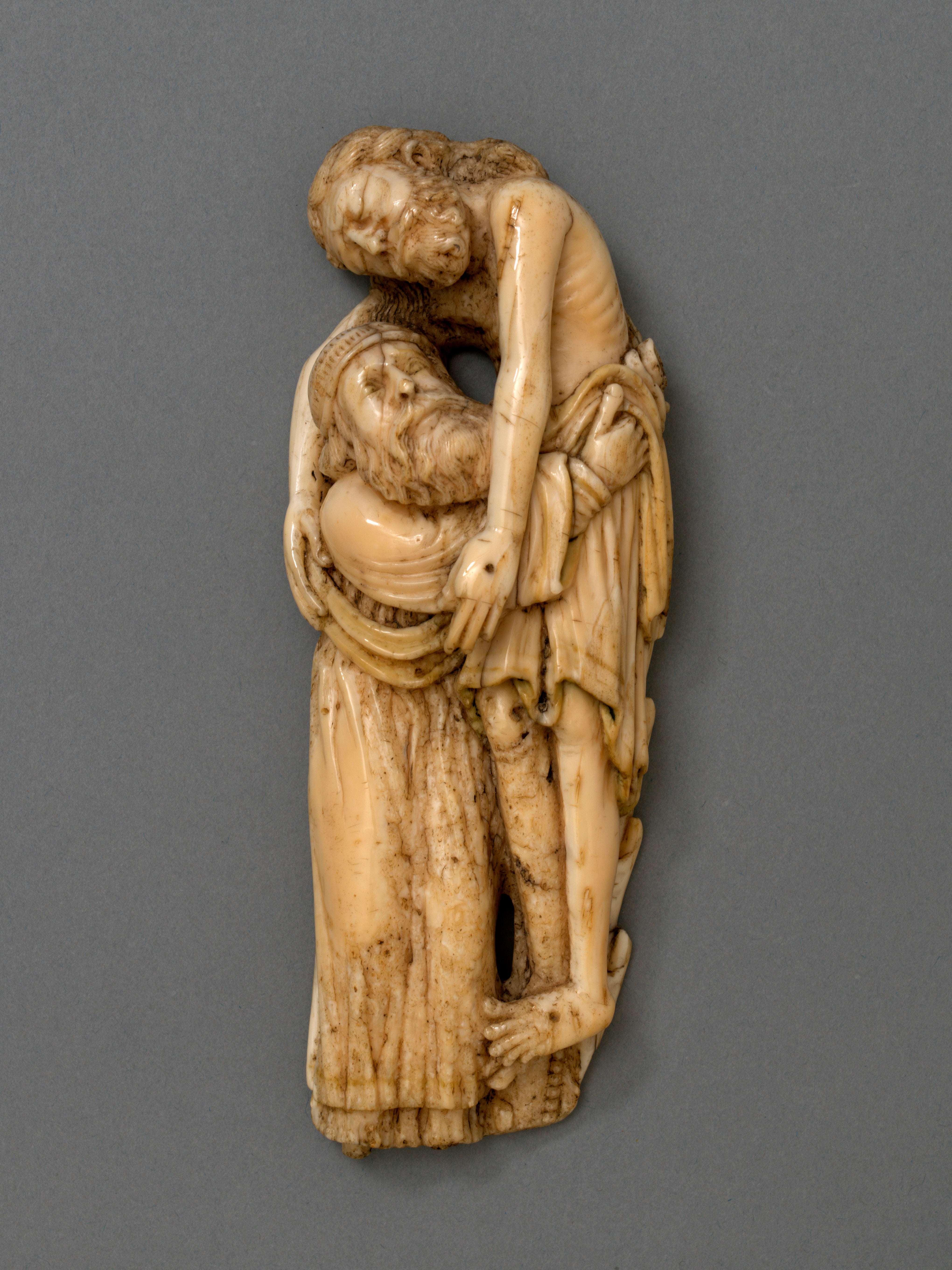
It’s likely that it was commissioned from a 12th century York sculptor by one of Norman England’s richest and most powerful noble families, the de Warennes, whose ancestor had been a senior companion of William the Conqueror at the Battle of Hastings.
The de Warennes had one of their main castles just two miles from Wakefield, and were the feudal Lords of the Manor of Wakefield (which covered 150 square miles and was one of the largest manors in England). The available evidence suggests that the sculpture (prior to the Reformation, part of a spectacular series of scenes from Christ’s passion) was probably housed, for much of the Middle Ages, in one of the chantry chapels (or other locations) inside the parish church (now a cathedral) in the Yorkshire town of Wakefield, or perhaps even in one of Wakefield’s four independent chantry chapels (only one of which still exists).
Chantry chapels were used specifically to chant prayers for the dead (often for decades after they had died).
Wakefield’s very large parish church was also, for much of the medieval period, associated with the English state’s most important royally-favoured religious institution: the College (and chapel) of Saint Stephen in the royal Palace of Westminster (where the Houses of Parliament now stand). Indeed the College described itself as “the king’s chief chapel”.
The new research into the ivory sculpture suggests that it probably remained in Wakefield (most likely in the parish church) for many hundreds of years until 1545 or 1547 (the nationwide suppression of the chantries), when parts of it were rescued by Catholics during the English Reformation to prevent the sculptures from being seized or destroyed by pro-Protestant government officials.
The ivory passion series as a whole was either partly seized and/or partly destroyed, but at least two crucial fragments (and conceivably many more) were rescued and hidden in local Catholic houses.
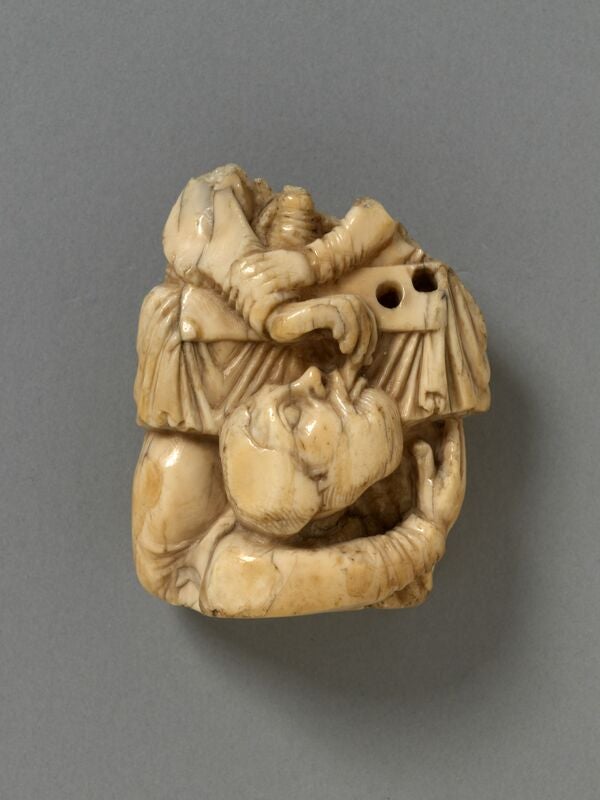
One fragment (showing Christ, at the Last Supper, offering Judas Iscariot a piece of bread) was discovered in 1769 in a secret hiding place inside a house near the church, in a still-surviving Wakefield street called Northgate, which may well have been the home of one of the church chantry chapel priests. It’s likely that the deposition scene was similarly hidden (and that it was likewise rediscovered in the 18th or 19th centuries).
Investigations into the Catholic rescue of sacred images in Wakefield have revealed that many other sacred medieval sculptures (but made of wood and alabaster, not ivory, and sadly now lost) were also hidden in the same street that the ivory Judas and Christ Last Supper sculpture (now in the V&A) was discovered. For, in 1756, around 25 sacred Catholic sculptures were found hidden above a false ceiling in what had, in the mid-16th century, been the home of one of the church chantry chapel priests. And in the mid 19th century, in the same area, two 5ft-tall religious stone statues were discovered hidden in a wall inside another house near the church. (They had presumably been there since the 16th century.) Again, the act of illegally hiding literally dozens of Catholic artefacts in defiance of and opposition to the Reformation was a reflection of the bitter ideological struggle which finally drew the medieval world to a close and gave birth to much of our modern one.
Wakefield has yielded more hidden medieval Catholic treasures than almost any other English town. The ivory and other artworks were, in a sense, at the heart of popular resistance to the 16th century Protestant Reformation. For, in 1536, the small town of Pontefract (just eight miles from Wakefield) was the launch pad of a famous armed pro-Catholic revolt, known as the Pilgrimage of Grace, which almost certainly had substantial support from many of Wakefield’s citizens and no doubt some of its clerics. And just five years later, in 1541, Wakefield itself was at the heart of a major Catholic plan to overthrow Henry VIII and his Protestant government.
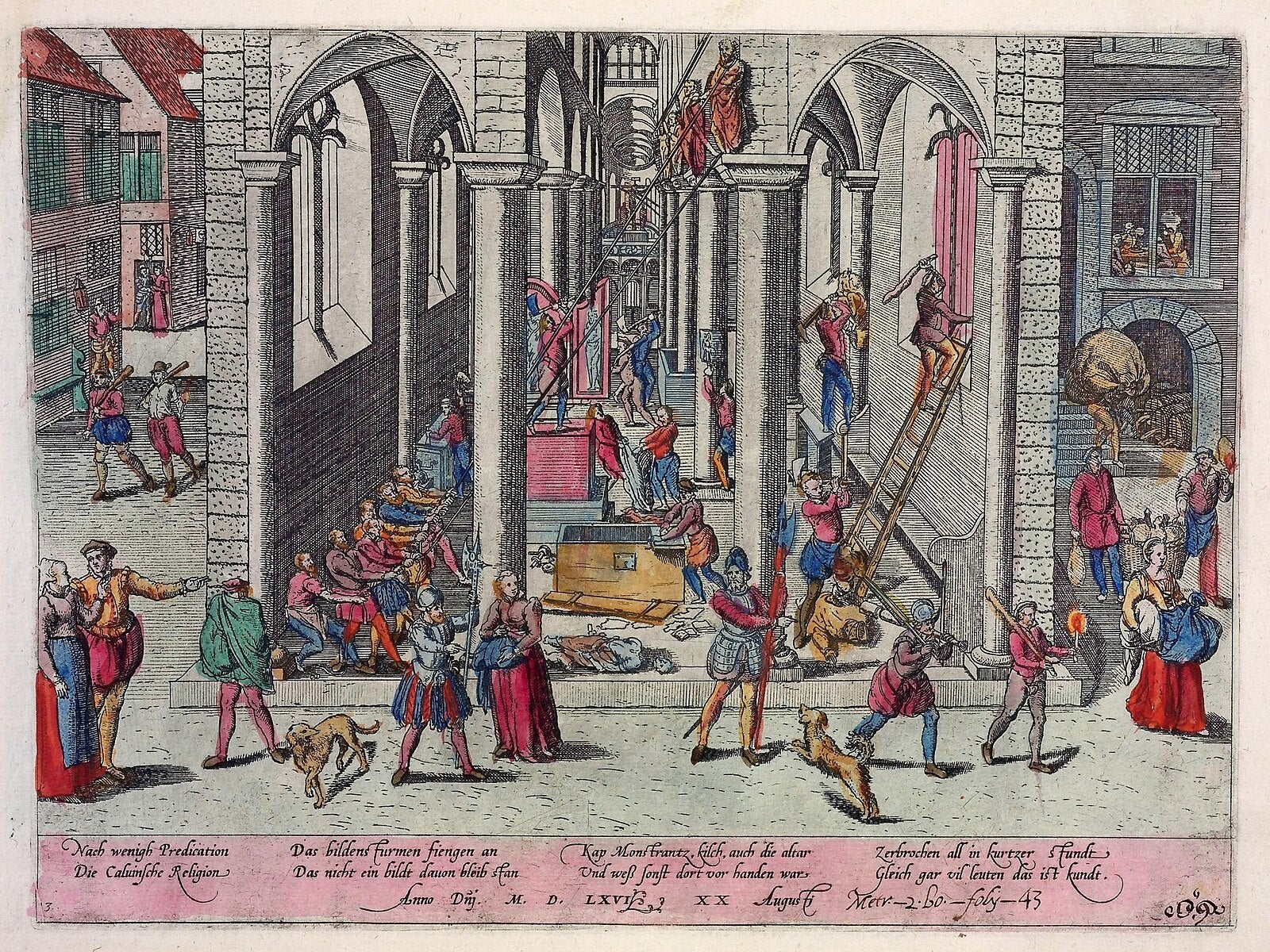
What’s more, the Wakefield plotters were also conspiring to bring Scotland into their uprising, thus continuing a centuries-old conflict between Edinburgh and London. But the suppression of the chantries (and indeed the monasteries) also represented an upsurge in capitalistic corruption, with huge amounts of the wealth seized from Catholic institutions being embezzled by business and other interests.
It also often wrecked the provision of education to the poor which had traditionally been provided by chantry priests and monks. It therefore contributed to disadvantaging the newly expanding ranks of the urban working population.
The Victoria and Albert Museum and New York’s Metropolitan Museum are competing to purchase the Deposition ivory masterpiece.
Unless the Victoria and Albert can raise the £2m by 14 June, it will lose the contest, and the medieval English artwork will go instead to New York. For most of the past 40 years, it has been on long-term loan from its owners to the Victoria and Albert Museum.
The sculpture was almost certainly made in York, probably between 1190 and 1200. It’s made of adult male walrus ivory, probably imported from late Viking settlements in Greenland (recent DNA research has shown that from the early 12th century to the 14th century, most walrus ivory came from Greenland, rather than from northern Scandinavia which had been the main source in earlier centuries).
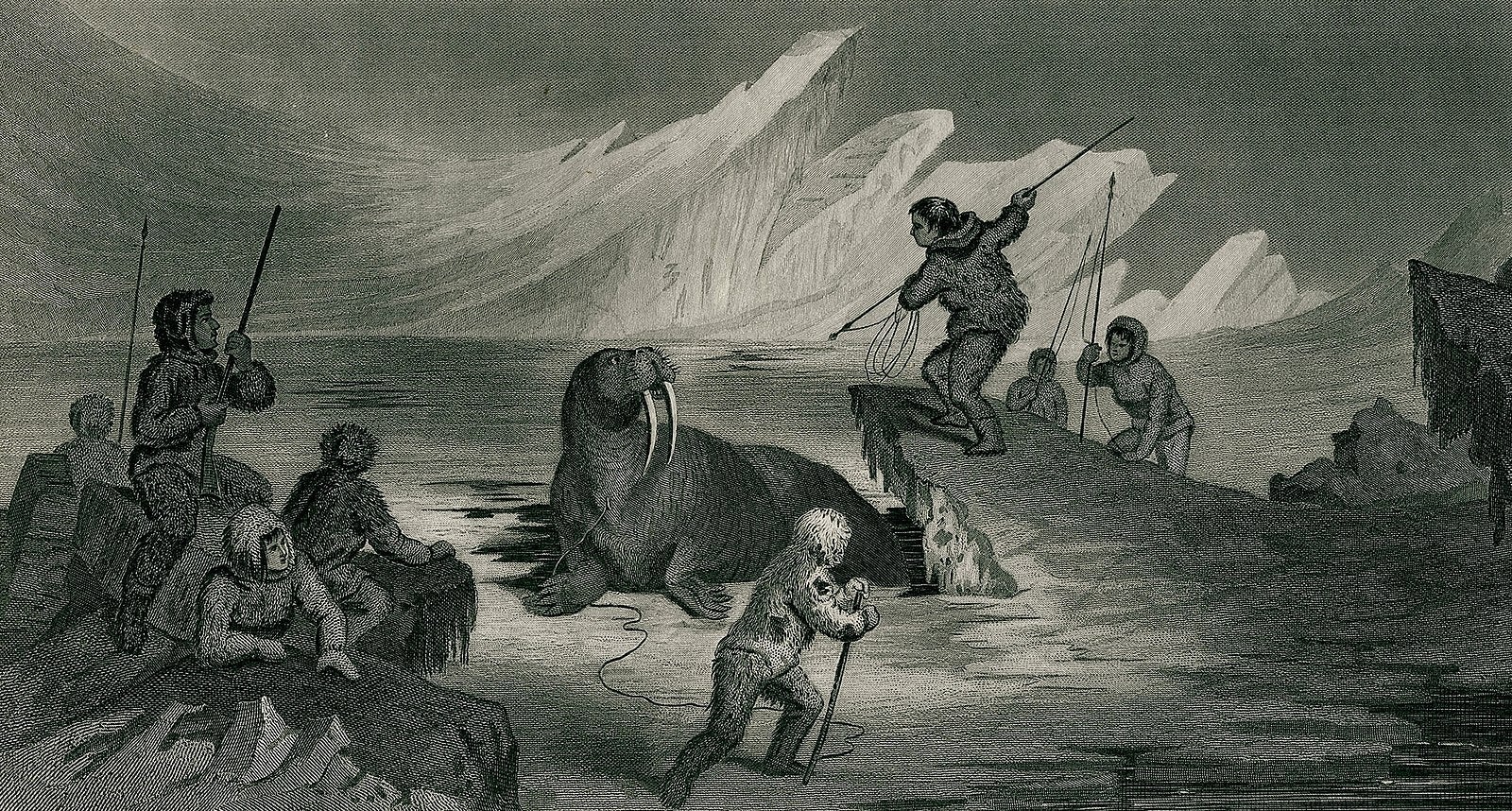
The ivory Deposition of Christ sculpture therefore not only reflects Christian art and religion and English history, but also northern Europe’s early transatlantic colonisation and trade operations.
The V&A’s £2m fundraising appeal, to keep the sculpture in Britain, follows a decision by the Department for Culture, Media and Sport to impose a temporary export bar on the artwork. The museum regards the artefact as “an exceptionally rare piece” and “one of the finest and most important examples of English Romanesque ivory carving to survive today”.
“The successful acquisition of the Deposition from the Cross by the V&A would allow for the sculpture to be reunited with the only known surviving piece of the same ensemble, a fragmentary ivory carving of Judas at the Last Supper, discovered in Wakefield during the 18th century, which is currently in the V&A Collection,” said the museum.
“This compelling work offers a rare, tantalising glimpse of the sophistication and emotional power of art in England in the Middle Ages, a legacy that was almost entirely obliterated by the iconoclastic ravages of the Reformation. It was made at a time when Church doctrine struggled to explain the mysteries of the Incarnation and, in this way, it is evidence of the pivotal role that the visual arts played in conveying devotional developments,” said James Robinson, the V&A’s acting director of collections.
The sculpture is “an example of the craftsmanship and taste at the highest levels of society in the north of England in the late 12th century,” he said. It depicts the moment in the story of the Passion of Christ in which Jesus’s body is lifted down from the Cross by Joseph of Arimathea.
“Having survived the widespread destruction of religious art and imagery during the English Reformation of the 16th century, it offers a rare glimpse into the art and craftsmanship of England during the Middle Ages,” said Mr Robinson.
Join our commenting forum
Join thought-provoking conversations, follow other Independent readers and see their replies
Comments